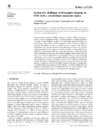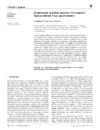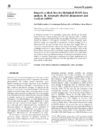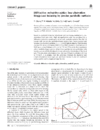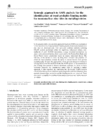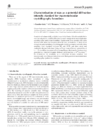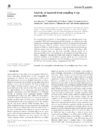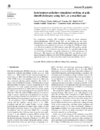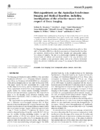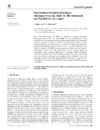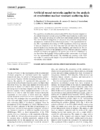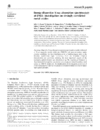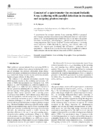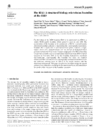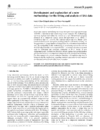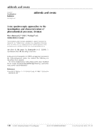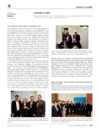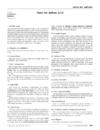issue contents
January 2010 issue

Cover illustration: Inelastic X-ray scattering (IXS) is a swiftly growing field, that is also known for having large and complex instrumentation. Ishikawa and Baron (pages 12-24) describe how the size of IXS spectrometers can be reduced while still allowing space for complex sample environments. The essential idea is to introduce a gradient in the lattice constant of an analyzer crystal by creating the corresponding temperature gradient, as seen in the left panel of the cover figure. This allows relaxation of the usual Roland-circle condition, and good energy resolution with a larger free space near the sample. The paper discusses this for both  meV and
meV and  100 meV resolution spectrometers, focusing on arm lengths between 0.5 and 10 m, with
100 meV resolution spectrometers, focusing on arm lengths between 0.5 and 10 m, with  100 mm (or more) clearance at the sample position.
100 mm (or more) clearance at the sample position.
facility information
feature articles

research papers
 access
access access
access access
accessshort communications
computer programs
addenda and errata

current events

international union of crystallography



 journal menu
journal menu















